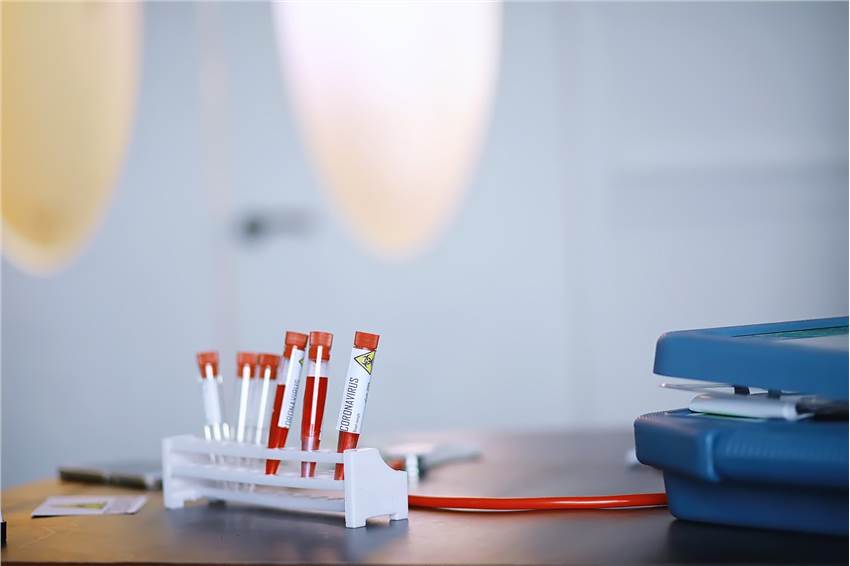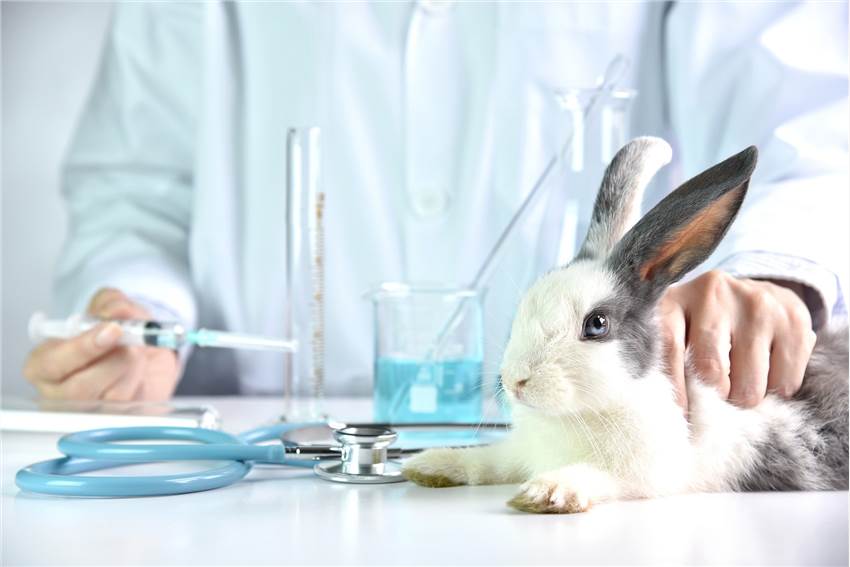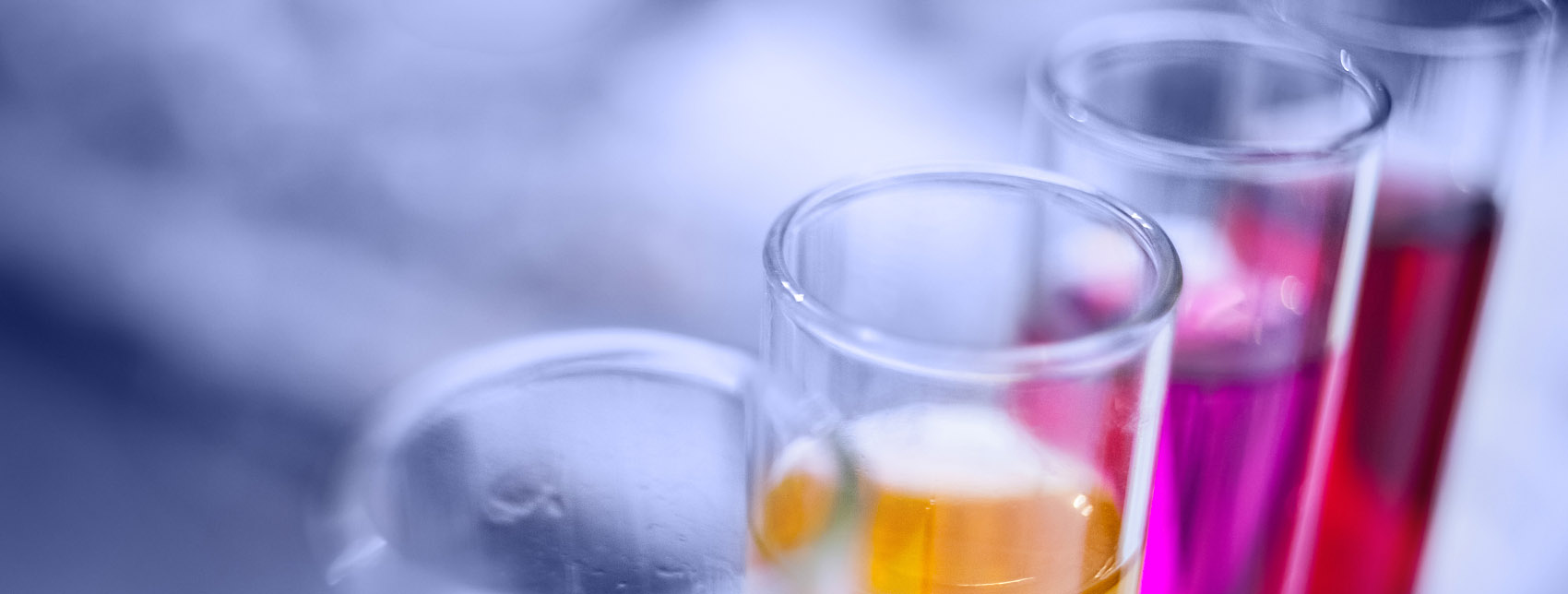Acute toxicity evaluation is one of the basic types of in vivo safety evaluation. Acute toxicity tests are the basis for determining the acute toxicity severity of the pesticide sample and are also the reference values for determining the dose of other toxicological studies, which are essential for determining the safety of the sample.
Our company's acute toxicity tests are performed to determine the acute toxicity of pesticide samples by examining dermal toxicity, inhalation toxicity and oral toxicity in test animals. In addition, we perform eye and skin irritation examinations.

Acute Toxicity Test Overview
- An acute toxicity test is a test in which the pesticide compound is poisoned several times in one or 24 hours.
- The lethal dose of the pesticide substance to one or more experimental animals is determined, usually with the median lethal dose (LD50) as the main parameter.
- To elucidate the dose-response relationship and poisoning characteristics of the acute toxicity of the test substance.
- To study the transport and biotransformation processes and their kinetic changes in the organism using acute toxicity test methods.
Test Range
Organophosphorus insecticide, organophosphorus insecticide, diamide insecticide, neonicotinoid insecticide, carbamate pesticide, organic gas pesticide, benzoyl gland insecticide, pyrethroid pesticide, inorganic insecticide, biogenic insecticide, organic sulfur pesticide, pyrrole pesticide, fungicide, triazole fungicide, moringa fungicide, paclobutrazol, dimethoate, paraquat, quinclorac, isoxaflutole, gramophone, high-efficiency cover grass energy, plant growth regulator, etc.
Safety Evaluation Solutions
The following tests are available from Our company's acute toxicity testing service.
Pesticide Acute Oral Toxicity Test
The acute oral toxicity test tests the effects of health damage in animals in the short term after the organism has been given the pesticide sample orally once or several times over a 24 h period.
- Method: The test method needs to be based on the actual type and use of the test object.
- Animals: SD rats or Wistar rats.
For more information click Acute Oral Toxicity Test Service.
Pesticide Acute Percutaneous Toxicity Test
The acute percutaneous toxicity test tests the health effects of continuous exposure to a dermatologically contaminated pesticide sample for 24 h.
- Method: Each group of test animals was coated with different doses of the pesticide sample, and then the animals were observed for toxic reaction and death, and LD50 was calculated.
- Animals: Rats or guinea pigs.
For more information click Acute Percutaneous Toxicity Test Service.
Pesticide Acute Inhalation Toxicity Test
In the acute inhalation toxicity test, the health damage effect that occurs when the body is continuously inhaled a higher concentration of the pesticide sample within a short period of time is tested.
- Method: Acute inhalation lasted 4 hours for animals using whole body exposure or head and nose exposure.
- Animals: Healthy rats.
For more information click Acute Inhalation Toxicity Test Service.
Pesticide Acute Eye Irritation/Corrosiveness Test
The eye irritation test is used to test the reversible inflammatory changes on the eye surface after contact with the pesticide sample. The eye corrosion test is used to test the irreversible tissue damage that occurs after the surface of the eye comes into contact with a pesticide sample.
- Method: The pesticide samples were administered as a single dose into the conjunctival sac of one eye per animal, the untreated eye serving as its own control. At defined time intervals, observe the degree of irritation or corrosion of the animal's eyes.
- Animals: Healthy adult white rabbits.
For more information click Acute Eye Irritation/Corrosiveness Test Service.

Pesticide Acute Skin Irritation/Corrosiveness Test
The skin irritation test is used to test the local reversible inflammatory changes after the skin is coated with the pesticide sample. The skin corrosion test is used to test the irreversible tissue damage that occurs locally after the skin is coated with the pesticide sample
- Method: Apply the pesticide sample to the skin of the test animal at one time, use self-control, and observe the degree of local irritation or corrosion of the animal skin within a specified time interval.
- Animals: Healthy, adult white rabbits with no skin abnormalities or damage.
For more information click Acute Skin Irritation/Corrosiveness Test Service.
Pesticide Skin Sensitization Test
Skin sensitization test is used to test the immunogenic skin reaction of test animals to a substance after repeated exposure to the pesticide sample.
- Method: (a) Buehler test (BT). (b) Guinea pig maximization test (GPMT).
- Animals: Healthy, adult female or male guinea pigs.
For more information click Skin Sensitization Test Service.
If you are looking for the best solution in the field of pesticide toxicology research, please feel free to contact us.
Related Solutions
It should be noted that our service is only used for research, not for clinical use.


